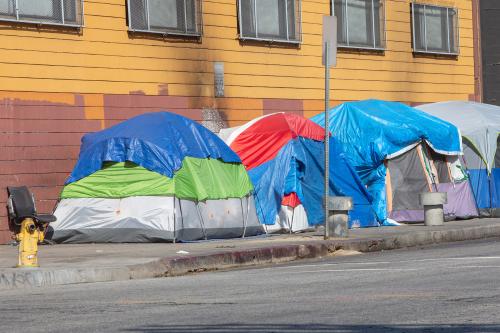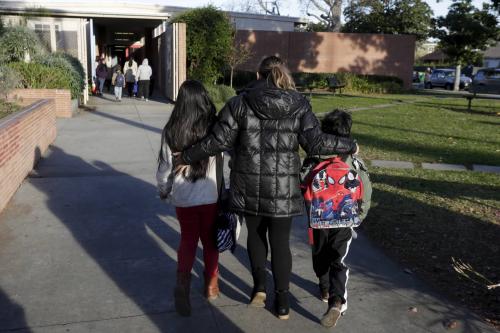Introduction
Ohio has already taken important steps to address the state’s ongoing foreclosure crisis, yet the crisis continues, causing distress for thousands of families and individuals, and destabilizing cities, towns and neighborhoods across the state. Therefore, the state, its local governments and private stakeholders need to do still more to deal more effectively with the crisis and its impacts on the state’s housing stock, cities and neighborhoods.
What is often termed the “foreclosure crisis” is actually a multi-dimensional crisis, in which the collapse of the housing bubble, the devastation caused by the lax and often irresponsible credit practices that accompanied and perpetuated that bubble, the resulting freeze on commercial and consumer credit, and the worldwide recession are interwoven, and can only with great difficulty be untangled. In Ohio, those forces are further exacerbated by profound changes to the state’s historical economic underpinnings. Ohio cannot solve the crisis by itself, but it can significantly mitigate its impact on people, neighborhoods, and towns and cities. These mitigating efforts will also help preserve the value of homes and neighborhoods in the state, and place Ohio in a stronger position to benefit from the future economic recovery.
The paper begins with a short summary of current conditions and the actions the state has already taken to address the wave of foreclosures, followed by a discussion of areas for future action. This discussion will address mitigating both the individual and community impacts of foreclosure, but will give particular emphasis to the critical issue of softening the blow of foreclosure on communities, which up to now has been less of a focus for state action.


